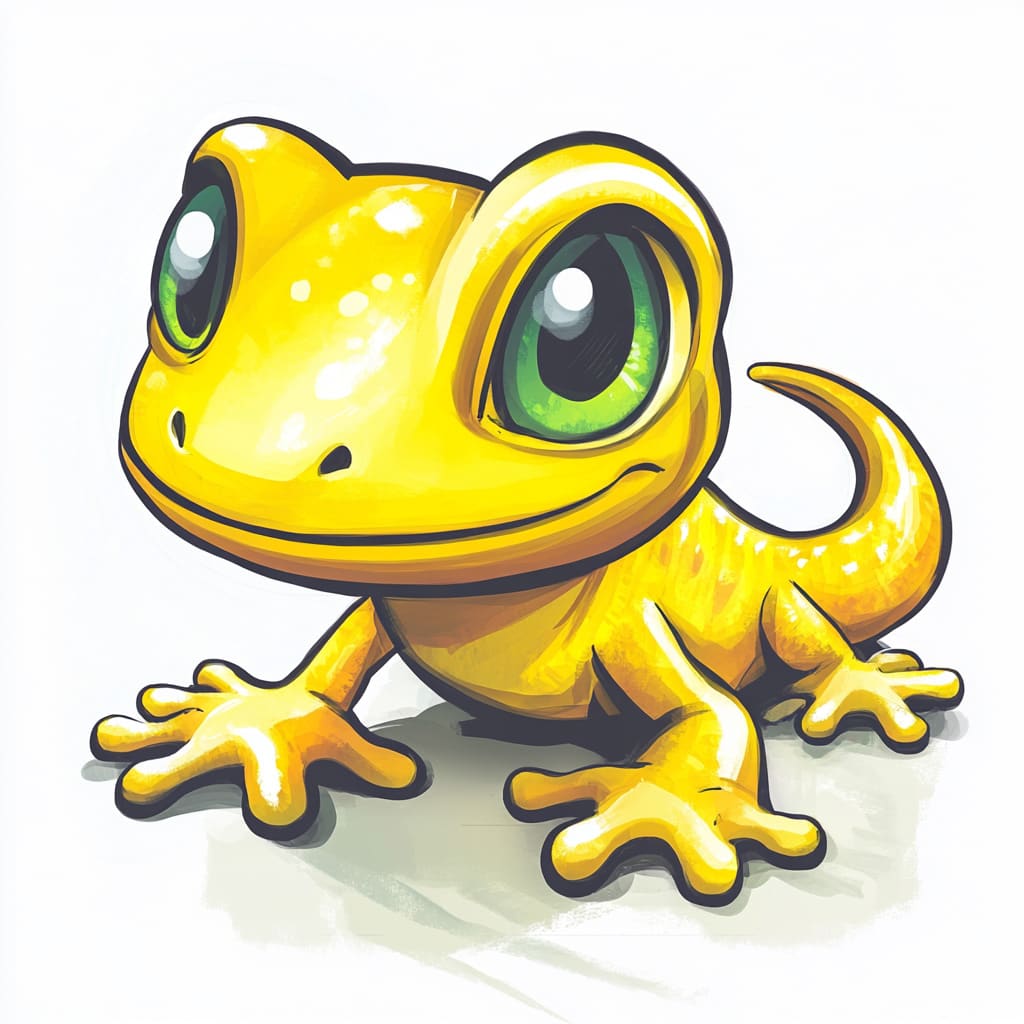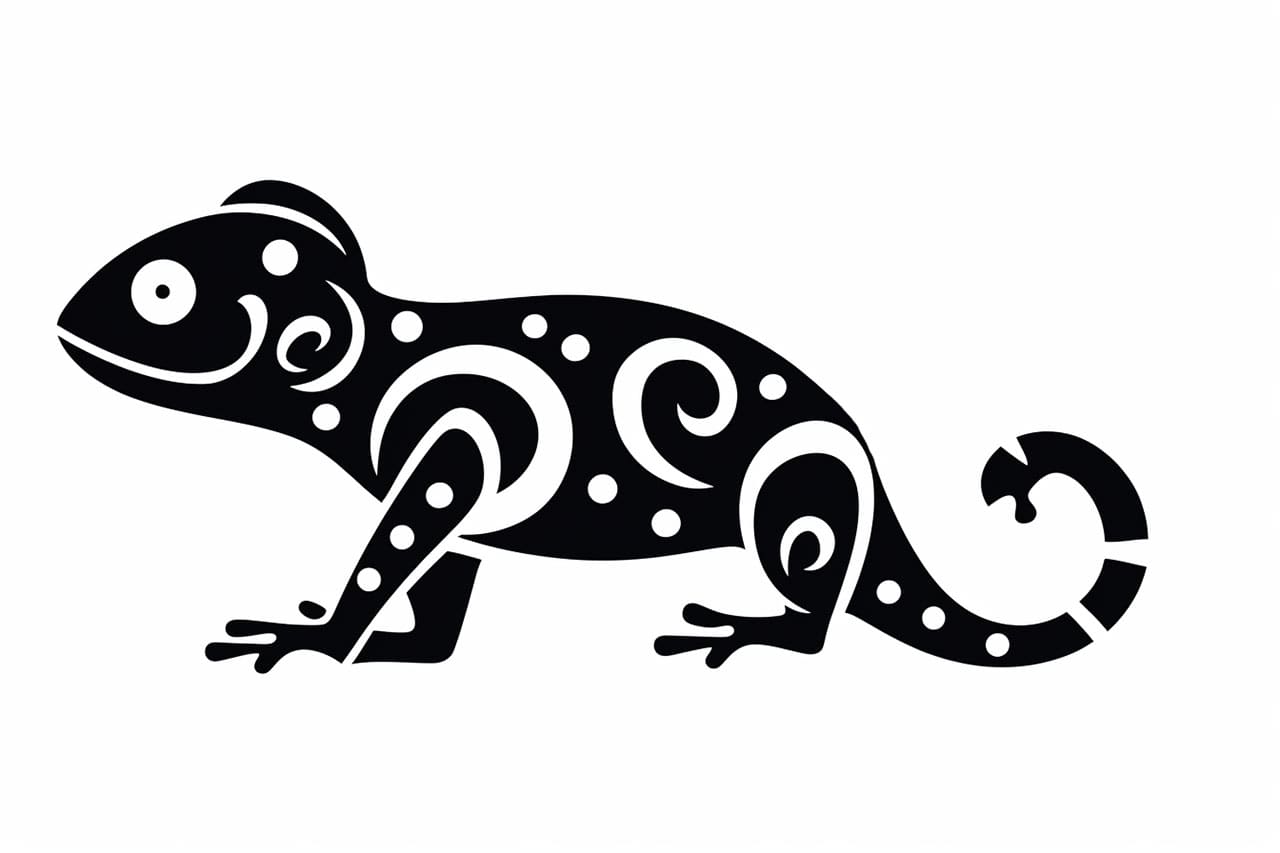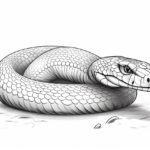
Welcome to this exciting, step-by-step tutorial on how to draw a gecko! These small, colorful reptiles are not only captivating creatures but also remarkable for their unique traits and abilities. With their distinctive patterns and charming personalities, geckos have won the admiration of many across the globe, making them a delightful subject to capture on paper.
In this article, we will break down the drawing process into manageable steps, ensuring that you understand each element of the gecko’s anatomy. From sketching the basic shape of their bodies to adding intricate details that bring your artwork to life, we will guide you every step of the way. Whether you’re a beginner or have some experience with drawing, this tutorial is designed to help you improve your skills and develop your own artistic style.
So gather your materials, find a comfortable space, and get ready to unleash your creativity. With just a pencil and paper, you’ll embark on an artistic journey that will bring you closer to mastering the art of drawing geckos. Now, let’s dive in and get started!
Materials Required
Before we begin, let’s gather the materials you will need for this drawing:
- Drawing paper
- Pencils (preferably a set of graphite pencils with varying lead hardness)
- Eraser
- Fine-tipped markers (optional, for outlining)
- Colored pencils (optional, for adding color)
Now that we have everything ready, let’s dive into the drawing process!
Step 1: Sketch the Basic Shape
Start by lightly sketching the basic shape of the gecko. Geckos have elongated bodies with a distinct triangular head and a slender tail. Use simple geometric shapes, such as circles and ovals, to outline the body and head proportions. Remember to keep your pencil strokes light, as this is just the initial sketch.
Step 2: Add Legs and Feet
Next, draw the four legs of the gecko. Geckos have short, stocky legs with webbed feet that help them climb walls and surfaces. Pay attention to the positioning of the legs, as they should appear proportional to the body. Use basic rectangles and circles to outline the leg and foot structures.
Step 3: Outline the Head and Facial Features
Now, focus on the gecko’s head and facial features. With the help of reference images, observe the shape of the head, including the snout and eye placement. Geckos have large, round eyes and a unique pattern around them. Take your time to add these details, as they give the gecko its distinctive look.
Step 4: Add the Tail
Extend the body shape to form the tail. Geckos have long, slender tails that aid in balancing their body weight. Add some curves and irregularities to make the tail look more natural. Experiment with different pencil strokes and pressures to create a sense of texture and volume.
Step 5: Refine the Body Structure
Now that you have the basic outline, it’s time to refine the body structure. Geckos have smooth and streamlined bodies, so make sure to smoothen out any rough edges or inconsistencies in your sketch. Pay attention to the overall proportions and make any necessary adjustments to achieve a more accurate representation.
Step 6: Add Details and Patterns
Geckos are known for their intricate patterns and textures. Take a closer look at reference images to observe the details on the gecko’s skin. Use small, curved lines to replicate the scales and patterns on the gecko’s body. Take your time in this step, as it is where the gecko’s unique characteristics come to life.
Step 7: Shade and Add Depth
To bring your gecko drawing to life, add shading and depth. Geckos have a combination of light and dark tones, creating a sense of volume and three-dimensionality. Start by identifying the light source and imagine where the shadows would fall. Use a range of graphite pencils with different lead hardness to create various levels of shading.
Step 8: Outline and Finalize
Once you are satisfied with the shading and overall look of your gecko drawing, it’s time to outline the final lines. You can use fine-tipped markers to make the lines more prominent and cohesive. Take care not to outline every single detail, as it can make the drawing appear too busy. Instead, focus on the main outlines and significant features.
Conclusion
Congratulations on completing your gecko drawing! By following these step-by-step instructions, you have learned how to capture the unique features and patterns of a gecko. Remember that practice makes perfect, so don’t hesitate to try drawing geckos in different poses and styles. With time and dedication, your drawing skills will continue to improve. Enjoy the process, and have fun exploring the world of gecko art!
Fun Facts About Geckos
- Geckos are reptiles found on every continent except Antarctica, with over 1,500 different species known to science.
- Geckos are known for their unique vocalizations; unlike most lizards, some gecko species can produce a wide range of sounds like chirps, clicks, and even barks.
- The adhesive pads on a gecko’s feet allow them to climb smooth and vertical surfaces, as well as walk upside down on ceilings.
- Geckos have the ability to regenerate their tails if they lose them to escape predators, though they may look slightly different than the original.
- Many gecko species have no eyelids. Instead, they have a protective transparent membrane and clean their eyes by licking them with their long tongues.
- The name “gecko” is believed to come from the Indonesian/Javanese word for their vocalizations.
- Some geckos can change color to blend in with their environment, though not as dramatically as chameleons.
- Geckos are mainly nocturnal, which means they are most active at night, using their excellent night vision to hunt insects.
- In certain parts of the world, geckos are believed to bring good luck and are often welcomed into homes for pest control.
- The smallest known gecko species, the dwarf gecko, is just about 1.6 centimeters (0.6 inches) long!
Suggestions for Scenes and Settings for Gecko Drawings
- Jungle Night: Illustrate geckos climbing along the vines and tree trunks with moonlight filtering through dense jungle foliage.
- Urban Explorer: Draw a gecko navigating an urban environment, climbing brick walls and peering out of alleyways under streetlights.
- Desert Oasis: Picture a gecko resting on a sun-warmed rock amidst desert sands, with nearby cacti and a vivid sunset.
- Rainforest Scene: Create a misty rainforest setting with geckos lounging on large leaves, surrounded by colorful tropical plants and flowers.
- Home Invader: Depict a mischievous gecko sneaking around inside a cozy room, exploring books, houseplants, and other indoor spaces.
- Gecko Superheroes: Imagine geckos dressed as superheroes with tiny capes, scaling towering buildings to save the day.
- Beach Party: Design a fun beach scene where geckos relax on mini surfboards and beach towels near tiny sand castles.
- Science Lab Adventure: Illustrate geckos exploring a science lab, climbing beakers, test tubes, and experimental plants.
- Gecko and Friends: Draw a group of geckos mingling with other lizards, sharing snacks or riding on the back of a larger reptilian friend.
- Gecko Galactic Traveler: Envision a space-themed scene with geckos in tiny astronaut suits, jumping around on a colorful asteroid landscape.









